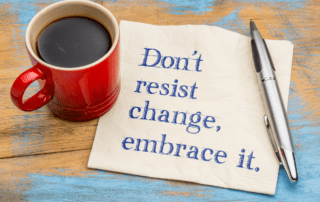This article emphasizes the importance of stepping out of one's comfort zone and embracing change for personal and professional growth. It discusses how living within the comfort zone can lead to stagnation and limited potential. The article highlights the advantages of venturing into new experiences, developing an adaptive mindset, and building resilience in the face of uncertainty. It also provides steps for embracing change, including identifying limiting comfort zones, setting change-oriented goals, implementing incremental steps, and committing to the change journey. The article addresses barriers to embracing change, such as fear of the unknown and lack of self-confidence, and suggests ways to overcome them. It further explains the life enhancement that comes from stepping out of one's comfort zone, including personal growth and self-discovery, increased adaptability, and enhanced creativity. The article concludes by discussing how embracing change can have a positive impact on both personal and social levels, promoting a more compassionate and progressive community.










